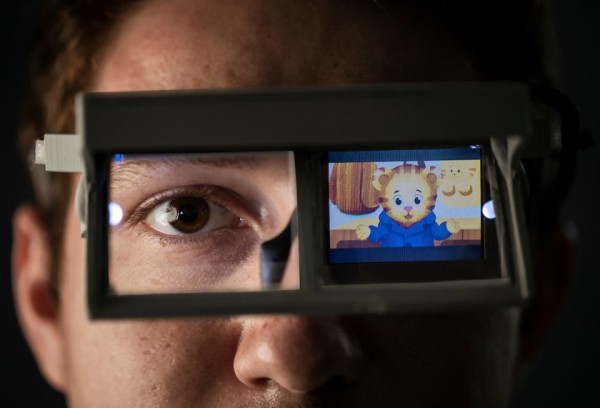BYU's Animation-Streaming Glasses: A Promising Device for Children with Autism

The Capstone team hopes that therapists working with children with autism will use this invention to develop positive experiences and help the children with their development.
A study shows children with autism frequently find it difficult to make eye contact, which can hinder their ability to create and keep satisfying relationships.
More so, research has also found that Social communicative gestures like eye contact and pointing are very important to developing language later.
Hoping to develop a solution to the eye-contact difficulty, the Engineering Capstone team of Brigham Young University has devised a pair of glasses that display dynamically animated images on the lenses and potentially increase a child's eye contact.
ALSO READ: Link Between Autism and Eating Disorders May Be the Reason Emotions Are Hard To Identify
An Almost Impossible Technology
The inspiration for the invention of the glasses cam, according to health news reports, was to support Heidi Kershaw and her son while he was in therapy.
Kershaw remembered how her son struggled to complete his therapy exercises while at the same time, being captivated by a Mickey Mouse program on TV.
She recalled telling her son's therapist, "If I could just have a pair of glasses streaming content into the lens."
Also, according to Kershaw, she reached out to different engineering companies everywhere in the world. She got the same answers from all of them--that the technology she was looking for was impossible and would cost a million dollars to develop such minus any guaranteed result.
DON'T MISS THIS: 6 Reasons Why You're Gaining Weight Unintentionally
BYU Capstone, Making it Happen
Somewhat by accident, through a friend, Kershaw got connected with BYU Capstone and started to work with the team involving mechanical and electrical engineering students.
In just a few weeks, the team was able to develop two probable prototypes. As indicated in the reports, the design which the engineering students have chosen has a pair of LCD screens, "two small sheets of teleprompter glass and a speaker."
The glasses are attached to a control box allowing for non-transparency control of the animation by the person using it.
With low opacity, the eyes of the user will be able to be seen by the child, giving way for an opportunity to engage in eye contact following engagement in animation at high opacity.
A Life-Change Effect
Matt Simmons, who is part of the Capstone team, said, from that creation, they could feel the essentiality and probably life-changing effect the glasses could bring to the lives of many children with autism, as well as their family.
Simmons added, they are grateful as well, "to have had the opportunity to make this idea turn into a reality."
The team also shared their hope that therapists working with children with autism will use this invention to develop positive experiences and help with their development.
The team also studied the concept of employing mini transparent OLED screens since they are lighter and appear more like ordinary glasses.
Nonetheless, the team said, OLED screens would limit the animations to low resolutions and monochromatic colors and could result in blindness to a user if used in full opacity.
As someone with a child with autism, Kershaw believes the pair of animation-streaming glasses is another tool doctors and families all over the world can use to understand further the needs of children with autism.
IN CASE YOU MISSED THIS: Is Excessive Exercise Linked to Eating Disorders? Here's What Studies Say
Check out more news and information on Autism on MD News Daily.
Sep 05, 2020 07:20 AM EDT





